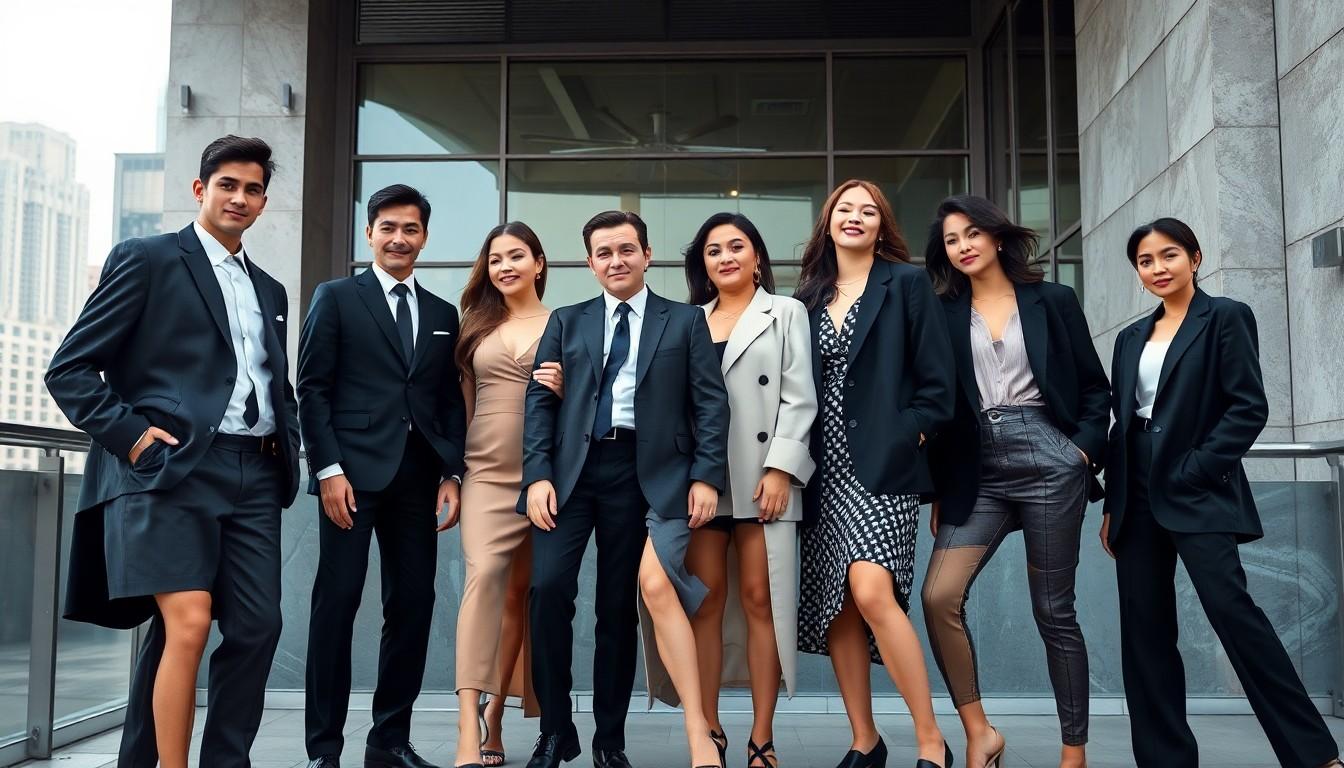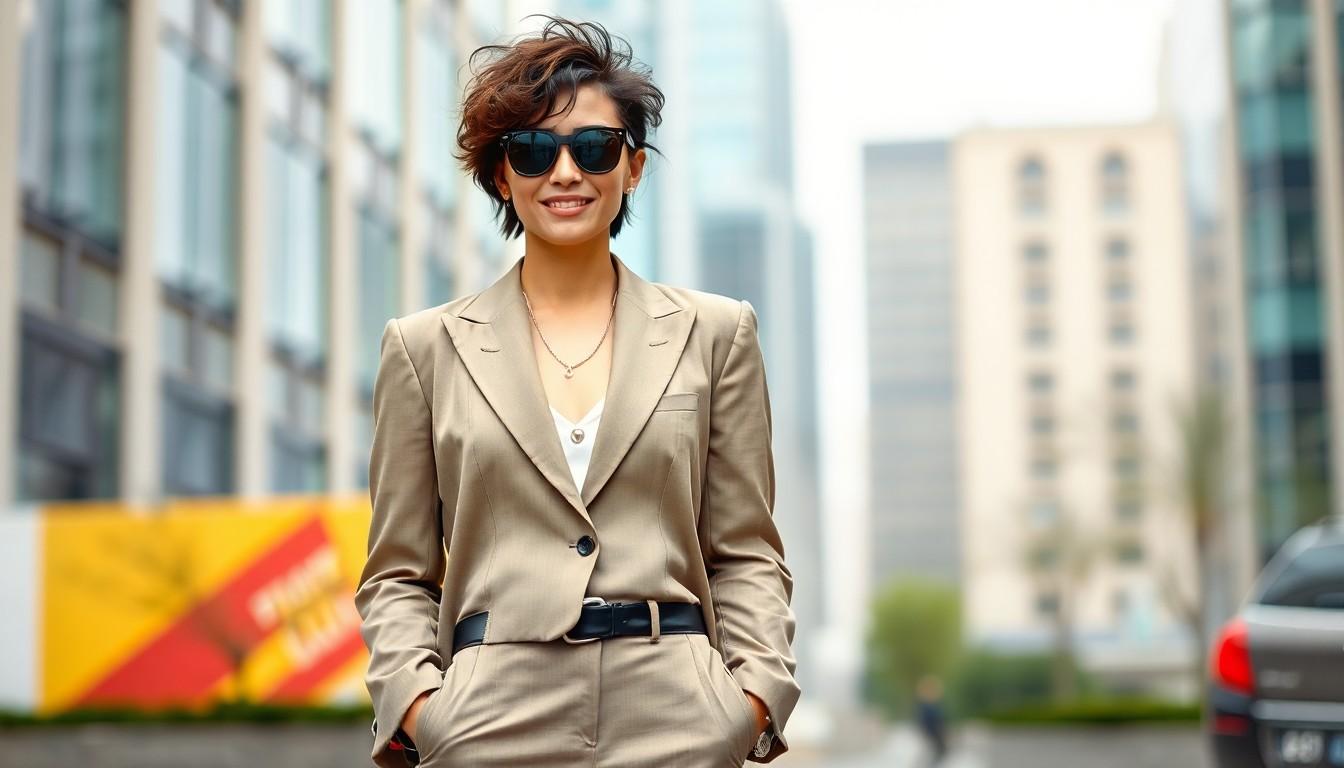In a world where fashion rules can feel as rigid as a tuxedo, androgynous formal wear is shaking things up with style and flair. Gone are the days when one had to choose between the classic bow tie and a sleek dress. Now, it’s all about blending elements to create a look that’s uniquely theirs. Imagine strutting into a gala in a tailored suit that exudes confidence while giving a nod to the elegance of a gown—talk about making an entrance!
This trend isn’t just about aesthetics; it’s a celebration of individuality and self-expression. Whether it’s a sharp blazer paired with flowing trousers or a chic jumpsuit that screams sophistication, androgynous formal wear invites everyone to redefine traditional boundaries. So why not ditch the fashion norms and embrace a wardrobe that’s as versatile as it is fabulous? After all, who says you can’t have the best of both worlds while looking like a million bucks?
Androgynous Formal Wear
Androgynous formal wear represents a progressive intersection of styles, merging traditionally masculine and feminine elements. This approach promotes inclusivity, allowing for diverse expressions of identity in formal settings.
Definition and Concept
Androgynous formal wear includes clothing designed to appeal to all genders. This style features tailored suits, dresses, and jumpsuits without strict adherence to gender norms. Emphasizing sleek lines and neutral colors, many androgynous outfits offer versatility for various occasions. Producing garments that transcend gender binaries allows individuals to feel empowered and authentic in their choices. Style remains at the forefront, enabling unique personal expression while breaking free from conventional expectations.
History and Evolution
The concept of androgynous formal wear traces back decades, gaining momentum during the 1920s with flapper dresses. Initially, notable figures like Marlene Dietrich popularized this aesthetic, challenging societal norms of femininity. In the 1960s and 1970s, figures such as David Bowie and Grace Jones further blurred gender lines in fashion. By the late 20th century, designers began incorporating androgynous elements into mainstream fashion, reflecting changing attitudes towards gender. Contemporary brands now emphasize this style, promoting gender inclusivity in their collections while challenging traditional fashion frameworks.
Key Features of Androgynous Formal Wear

Androgynous formal wear showcases a blend of design elements and materials that foster inclusivity. Both styles challenge limits within traditional fashion conventions.
Design Elements
Geometric shapes often create a structured silhouette in androgynous attire. Tailored suits, featuring sharp lapels and fitted trousers, present a sleek look suitable for various occasions. Fluid lines characterize chic dresses and jumpsuits, offering a balance between tradition and modernity. Oversized blazers and cropped cuts add comfort while maintaining elegance. Each piece aims to offer versatility that accommodates individual expression. Minimalist aesthetics dominate, utilizing a neutral color palette that enhances mix-and-match possibilities. Elements of layering provide both depth and dimension to outfits, catering to diverse preferences.
Fabrics and Materials
Luxurious fabrics frequently enhance the appeal of androgynous wear. Wool blends often provide structure and warmth, making them ideal for cooler weather. Satin and silk deliver a polished finish that elevates any ensemble. Denim serves as a casual alternative, suitable for relaxed formal settings. Breathable cotton promotes comfort during warmer months, ensuring adaptability across seasons. Sustainable materials gain popularity, aligning with eco-conscious fashion trends. Textures vary, allowing individuals to express themselves uniquely while fitting into a sophisticated aesthetic. Lightweight fabrics encourage movement, reflecting the wearer’s personality without compromising style.
Popular Styles and Trends
Androgynous formal wear showcases a variety of styles that resonate with diverse tastes and occasions.
Classic Androgynous Looks
Timeless pieces define classic androgynous looks. Tailored suits provide a sharp appearance with their clean lines and structured cuts. Crisp white shirts, often paired with vests, create an elegant base that emphasizes versatility. Additionally, straight-leg trousers offer a balanced silhouette, making them suitable for various body types. Long blazers add sophistication while complementing both trousers and skirts. Wearing loafers or oxfords enhances comfort and style, embodying a quintessentially androgynous aesthetic.
Modern Interpretations
Contemporary styles introduce fresh elements to androgynous formal wear. Jumpsuits, with their unisex appeal, serve as striking alternatives to traditional outfits. Fluid fabrics enhance movement while maintaining a polished look. Color-blocking techniques present bold choices, allowing personal expression through combinations of vibrant tones. Asymmetrical cuts draw attention and add visual interest. Statement accessories, such as chunky belts or oversized jewelry, elevate the look while emphasizing individuality. Fashion-forward individuals mix textures that redefine the boundaries of androgyny, crafting outfits that resonate with today’s audiences.
Styling Tips for Androgynous Formal Wear
Androgynous formal wear offers endless opportunities for unique self-expression. Several key styling tips enhance the appearance and feel of such outfits.
Accessorizing
Accessories play a crucial role in defining an androgynous look. Bold statement jewelry, such as chunky rings and geometric earrings, adds flair to any outfit. Scarves in neutral tones can elevate the sophistication of a tailored suit or jumpsuit. Incorporating hats like fedoras or beanies provides a touch of personality while maintaining elegance. Opting for minimalist bags or clutches ensures functionality without overwhelming the ensemble. Mixing and matching different materials, such as leather and metal, creates visual interest and depth.
Footwear Choices
Footwear choices significantly impact the overall style of androgynous formal wear. Sleek loafers or oxfords offer a polished appearance that complements tailored pieces. Ankle boots with a refined design provide versatility and comfort for various occasions. For a bolder statement, consider platform shoes that add height without sacrificing stability. Sneakers in clean, monochromatic designs blend casual with formal effortlessly. Additionally, pointed-toe flats can balance comfort and sophistication, making them ideal for extended wear. Embracing diverse styles ensures a distinctive look that resonates with individual preferences.
Individuality and Inclusivity
Androgynous formal wear represents a bold shift in fashion that celebrates individuality and inclusivity. By merging masculine and feminine elements it offers a refreshing take on traditional attire. This style empowers people to express themselves authentically while enjoying the elegance of formal occasions.
With a focus on versatile pieces and unique styling options everyone can find something that resonates with their personal taste. As fashion continues to evolve embracing androgyny not only challenges norms but also paves the way for a more accepting and diverse industry. Embracing this trend allows individuals to redefine their wardrobe and make a statement that reflects who they truly are.

